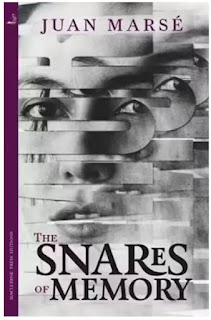French Lieutenant's Woman
I was curious to re-engage with French Lieutenant’s Woman , having read the book at the age of eighteen and not since (closer to 1969, when it was first published, than today). I remembered the novel in different ways to how I experienced it afresh – perhaps the central romance struck me more deeply then, or perhaps I appreciated the little writer-tricks more now. Fowles draws us immediately into the coastal setting of England’s Lyme Bay, where a provincial society is as close minded as the forbidden nature is liberating. In the second chapter, the betrothed Charles and Tina spy the mysterious figure dressed in black – the French Lieutenant’s Woman – so-called because of a known liaison at a time when women of a certain class kept their names intact at all costs. This allegedly fallen-woman is defiant, doubling before Charles with her, “unforgettable face, and a tragic face” (p. 10). From that moment, Charles is smitten (though it will take him some time to admit to the fact). F





